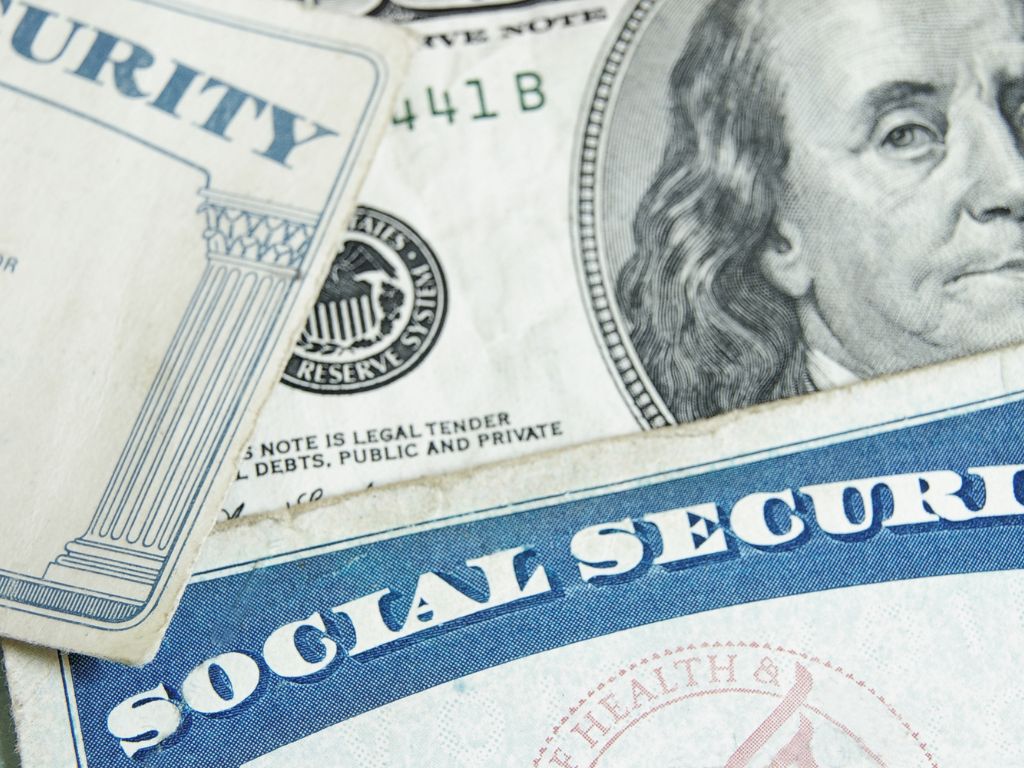How Long Does It Take for a Deposit of 500 to Double at 5​ Compounded​ Continuously
One of the benefits of the American healthcare system is that senior citizens and people with certain disabilities get money from supplemental security income (SSI). Since the easiest way to get your SSI money is via direct deposit, you may be wondering how long it takes that money to reach your bank account.
How long does it take for an SSI direct deposit?It takes about 30 to 60 days for the initial SSI direct deposit to be processed and show up in your bank account. Subsequent deposits are processed and received each month.

When Do I Get My SSI Payment?
Your first SSI payment may take up to 90 days to appear in your bank account.
After that, SSI payments usually appear in your bank account on the first of the month. If the first happens to fall on a weekend, then the payment goes out the previous Friday instead.
Maybe "approximately the first of the month" is a better way to put it.
If your SSI payment is delayed, please wait an additional 3 mailing days. However, unlike other forms of government funding, this one is usually pretty quick.
The average SSI payments are $841 for one person and $1,261 for a couple. However, this amount can fluctuate based on factors such as income and property. In some cases, a person's countable income may exclude them from SSI entirely.
I've Been Getting SSI in the Mail. How Do I Switch?
If you have been receiving SSI checks or debit cards in the mail, you may want to consider switching to direct deposit to receive your funds. There are many benefits to getting your SSI money via direct deposit:
- Security—no chance of your money getting lost in the mail.
- Speed—Transfers only take days, if not hours.
- Automation—all you do is wait!
If you are currently getting SSI debit cards/checks in the mail, you can switch to direct deposit on the SSA's website. Have your SSN and banking information on hand whenever you want to switch. The benefits outweigh any frustration the website may give you.
Alternatively, you can call 1-800-333-1795 or visit your bank/credit union/savings and loan office in person to adjust your deposit.
What about the other way around? In most cases, electronic payment is mandatory. However, if you need to switch to debit cards, you can request a waiver here.
After you have set up your SSI for direct deposit, it should take 30–60 days for your payment to appear in your account. After that, funds should appear towards the start of every month.
How Do I Know if I Qualify for SSI Funding?
Supplemental security income is not for everybody. You usually have to be either elderly (65+ years old) or have some form of disability to receive SSI funding. Some states are more generous than others.
There are a few standard ways one can qualify for an SSI payment:
*Being a senior citizen (65+ years old)
*Being totally or partially blind
*Having a medical condition that prevents you from working and lasts over a year or could be fatal.
The site Disability Benefits Help has a feature that will tell you if you qualify for SSI benefits. It uses something called the Blue Book, a dictionary of disabilities and diagnoses, to determine whether someone qualifies or not. If you are wondering whether or not you might qualify, check that website, and look into other sources of disability support specific to your state.
It is important to note that not all states have SSI. Most do, but West Virginia, North Dakota, and Arizona do not have that type of funding. Check your state's laws surrounding SSI when applying.
The table below looks at some of the different ways that SSI is handled in various states:
| State | SSI Amount | Additional Gov. Benefits |
| New York | $841/month | $170/week worker's comp |
| California | $910/month | State supplemental payment: $199.21 |
| Mississippi | $571/month | Depends on former wages |
| Texas | $770/month | 60% of monthly salary |
| Illinois | $771/month | Depends on SSI and Trial Work Period (TWP) |
Generally speaking, states on the East Coast have the highest SSI payments (New Jersey is the highest – $1,689 per month), possibly due to a need for more money overall. Every other state is highly variable, with Alaska and California being significantly lower than the national average of $841.
Other Questions About SSI
Here are two other questions you might have about SSI funding with quick answers:
Q: Is SSI part of Social Security?
A: Yes and no. Supplemental security income is funded by the U.S. Treasury and is administered by the Social Security Administration (SSA), but SSI is not technically part of Social Security.
Q: I heard SSI benefits might be changing; how and why?
A: On August 29th, 2022, two Ohio politicians proposed raising the amount of unearned income from SSI. Details on this are not set in stone, but you can read more about the proposed changes here.
Conclusion
Direct deposit is the best way to get your supplemental security income by a wide margin— a margin so wide that it is usually mandatory to get your money that way. It is secure, is fast, and makes it easy to spend that money on things like food and mortgage payments.
If you are not already getting your supplemental security income via direct deposit, it is easy to change. Either visit the official government website above or call to switch your payment method from debit cards to direct deposit. Direct deposit is the safest, fastest way to get your money, so it's worth the switch!
Source: https://allaboutdeposits.com/how-long-does-it-take-for-an-ssi-direct-deposit/
0 Response to "How Long Does It Take for a Deposit of 500 to Double at 5​ Compounded​ Continuously"
Post a Comment